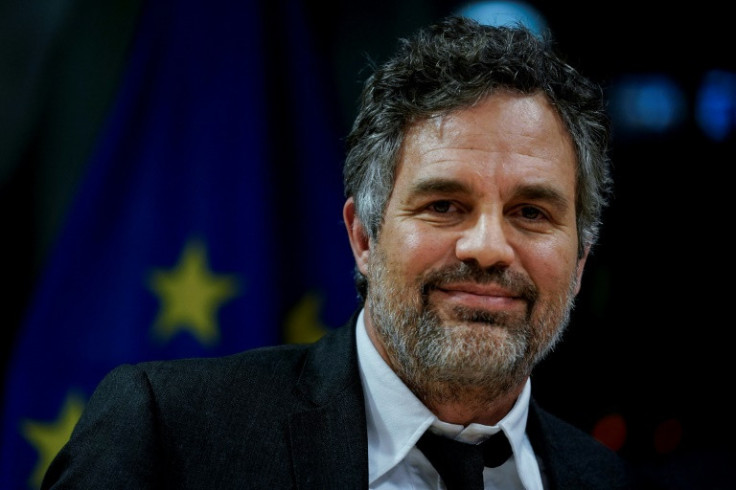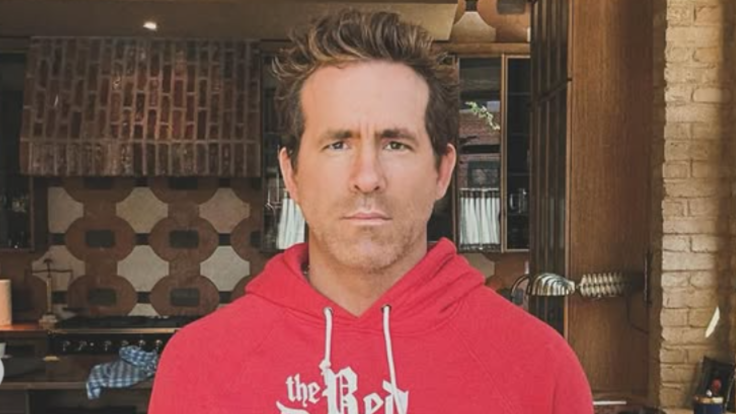'He Just Wanted To Punch Him!' Mark Ruffalo Admits Ryan Reynolds Drove Him Mad On Set In Shock Confession
In a GQ video feature, Ruffalo says a dream inspired the film's theatrical punch — and the crew kept the take

Mark Ruffalo has revealed he literally dreamed the choreography for a punch he landed on Ryan Reynolds in the Netflix film The Adam Project, and then performed it on camera, to uproarious laughter.
Ruffalo, the seasoned character actor known to global audiences as Bruce Banner, recounted the moment during a rapid-fire video interview with GQ in which the actor walks through every film role he has ever played. The anecdote centres on a 2022 scene in The Adam Project, in which Ruffalo's character, Louis Reed, retaliates against Reynolds' time-traveling protagonist by delivering a theatrical, dream-inspired blow.
'I had a dream that that's what the punch should look like, and I just did what I did in my dream', Ruffalo said, adding that the director and crew laughed and opted to keep the take.
A Funny, Improvised Moment that Made the Cut
The scene has become one of the film's more memorable light touches precisely because it feels spontaneous, and, according to Ruffalo, it was. The Adam Project, directed by Shawn Levy and released on Netflix in March 2022, pairs Ryan Reynolds with a younger incarnation of himself alongside a supporting cast that includes Mark Ruffalo and Jennifer Garner.
The film blends action and family drama, and the punch, a leaping, stylised strike rather than a straight jab, plays into the movie's comic-adventure tone.
Ruffalo's recollection, delivered in the GQ segment titled Making Mark Ruffalo Talk About Every Film He's Ever Done, underlines a familiar truth of screen work: moments that read as effortless on camera often depend on instinct, rehearsal, and a director's willingness to embrace risk.
In the video, Ruffalo recounts how a rehearsal preceded the take, but that the precise physicality of the punch arrived in a dream and was executed only once on set before everyone agreed it was 'right'.
The Human Side of On-Set Playfulness
That an actor of Ruffalo's stature describes conjuring a fight move in his sleep speaks to the odd, porous boundary between craft and subconscious in film work. Actors often talk about 'being in the room' with a role; for Ruffalo, the room even extends into dreams.
His admission is not a throwaway anecdote but a small lesson about spontaneity and collaboration. Director Shawn Levy, whose credits include Free Guy and other crowd-pleasing projects, recognised the moment's comic value and preserved it, a decision recounted in Netflix's production notes and Levy's own public breakdowns of key scenes.

Colleagues and viewers who have revisited The Adam Project frequently single out the film's chemistry between older and younger actors and the way small improvisations punctuate its larger emotional beats.
Ruffalo's story also humanises a working relationship between two very different screen personalities: Reynolds, the mercurial Deadpool-era star and producer, and Ruffalo, the more reserved, scene-stealing character actor. The anecdote reframes that dynamic as not rivalry but the kind of affectionate sparring that can occur when experienced performers are allowed playful latitude.
Why the Confession Resonates Now
The GQ interview, widely shared on social platforms and republished by multiple outlets, resurfaces the punch as more than slapstick gossip because it demonstrates how modern publicity intersects with archival media forms.
Public reaction to the anecdote has been light-hearted. Fans on social media have treated it as a charming behind-the-scenes revelation, and outlets have picked up the clip and quoted Ruffalo directly.
For cultural observers, the exchange also illuminates a wider industry truth. Take-one moments, when accepted by director and editor, can become small, defining curiosities that linger in a film's public life far beyond opening weekend.
Mark Ruffalo's confession is at once comic and revealing — a reminder that the polished illusions on screen often carry traces of disarming, off-hand human impulses. The punch was a choice made in a sleep-bound instant; the laughter and the director's instinct turned it into a preserved memory on film.
© Copyright IBTimes 2025. All rights reserved.





















